Raised beds can make gardening a lot more manageable, but they’re not completely foolproof. Spring rolls around, and it’s easy to get caught up in the excitement—filling up the beds, planting too soon, skipping a few steps to save time. Then a few weeks later, things start going sideways, and you’re left wondering what went wrong.
The good news is, most raised bed mistakes are fixable—even if April is already in full swing. From soil issues to layout choices, there’s still time to course-correct and give your plants a better shot at thriving. Here are five common slip-ups gardeners make every spring, along with practical ways to fix them before the season gets too far along.
Mistake 1: Overcrowding Plants

Overcrowding is a common misstep for eager gardeners. When too many plants vie for space, they end up competing for essential resources like light, water, and nutrients. This can lead to stunted growth and lower yields. Visualize a cramped subway during rush hour, and you’ll get the idea. To prevent this, spacing is crucial. Each plant requires its own territory to spread its roots and leaves. Remember, a single tomato plant, for instance, can spread over several feet. When planning your garden, always check the recommended spacing for each plant to give them room to flourish.
Fix 1: Proper Plant Spacing
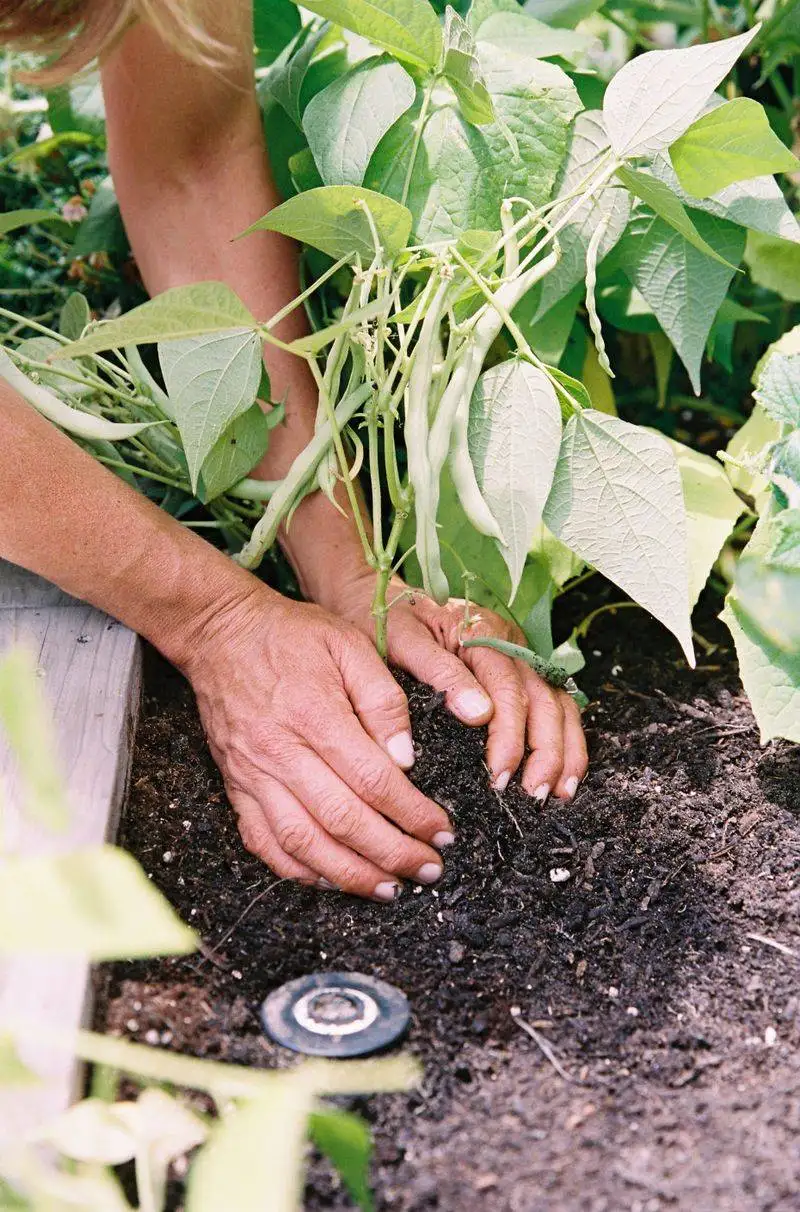
Achieving the right plant spacing isn’t just about aesthetics; it’s vital for plant health. Imagine a serene park with well-laid paths compared to a crowded festival. By giving plants room to breathe, you’re encouraging robust growth and better air circulation. This reduces the risk of plant diseases and enables each plant to bask in the sunlight it craves. As you place each seedling or seed, envision it fully grown. This simple mindfulness can make all the difference. April is a great time to reevaluate and adjust your layout before they grow too large.
Mistake 2: Poor Soil Selection

Selecting the wrong soil for your raised bed can spell disaster. If the soil is too dense or lacks nutrients, plants will struggle to take root and thrive. Picture trying to build a sandcastle with dry, crumbly sand—it just won’t hold up. For a thriving garden, a rich, well-draining soil mix is essential. Mixing compost into garden soil can provide the needed nutrients and improve texture. Look for a loamy, crumbly texture that retains moisture yet drains well. This April, consider testing and amending your soil for optimal plant health.
Fix 2: Amending Soil with Compost
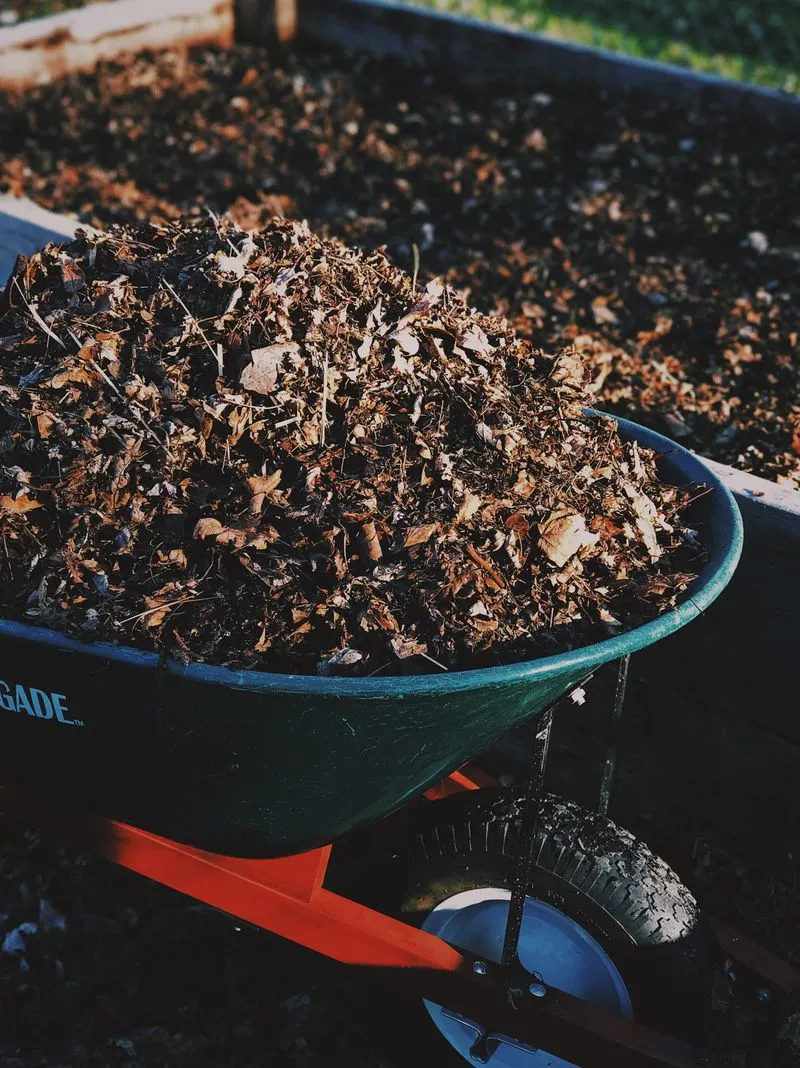
Compost is a gardener’s best friend when it comes to soil health. Imagine your plants sipping from a refreshing, nutrient-rich smoothie. By incorporating compost, you’re boosting the soil’s fertility and enhancing its structure. This not only supports root development but also aids in water retention. If your garden soil needs a pick-me-up, adding compost can transform it into a nourishing haven for your plants. As the days warm in April, it’s an ideal time to enrich your soil. Embrace compost, and watch your garden flourish like never before.
Mistake 3: Inconsistent Watering

Watering inconsistency is a pitfall that many gardeners encounter. Some plants may be gasping for water, while others drown from overwatering. Picture a juggler trying to keep too many balls in the air—it’s a balancing act. Consistent and adequate watering ensures that every plant gets the hydration it needs. Employ a drip irrigation system or soaker hoses to provide even distribution. Check the soil regularly; it should be moist but not soggy. April showers can be unpredictable, so adjust your watering schedule accordingly to maintain harmony in your garden.
Fix 3: Installing Drip Irrigation
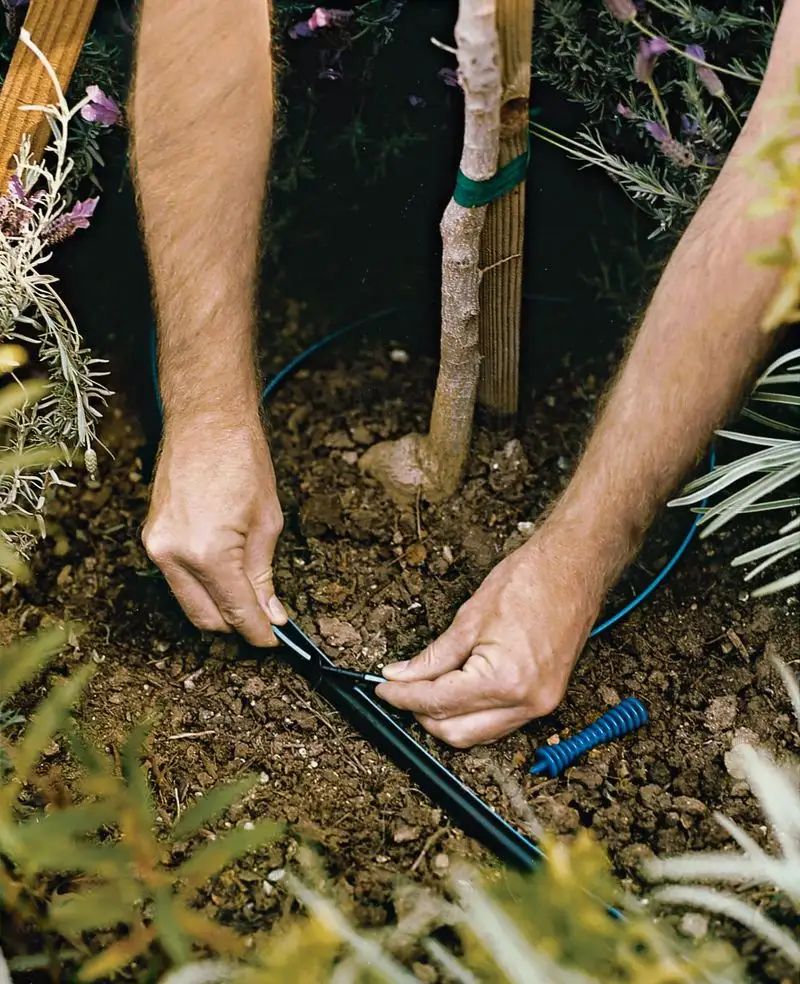
Drip irrigation might sound like a high-tech solution, but it’s an effective way to manage watering. Think of it as a personal hydration coach for each plant. It delivers water directly to the roots, minimizing waste and preventing water from splashing onto foliage, which can lead to diseases. This system helps maintain consistent soil moisture, which is particularly important in the fluctuating weather of April. Setting up drip irrigation can be a rewarding weekend project, saving you time and ensuring each plant receives the right amount of water.
Mistake 4: Ignoring Sunlight Needs
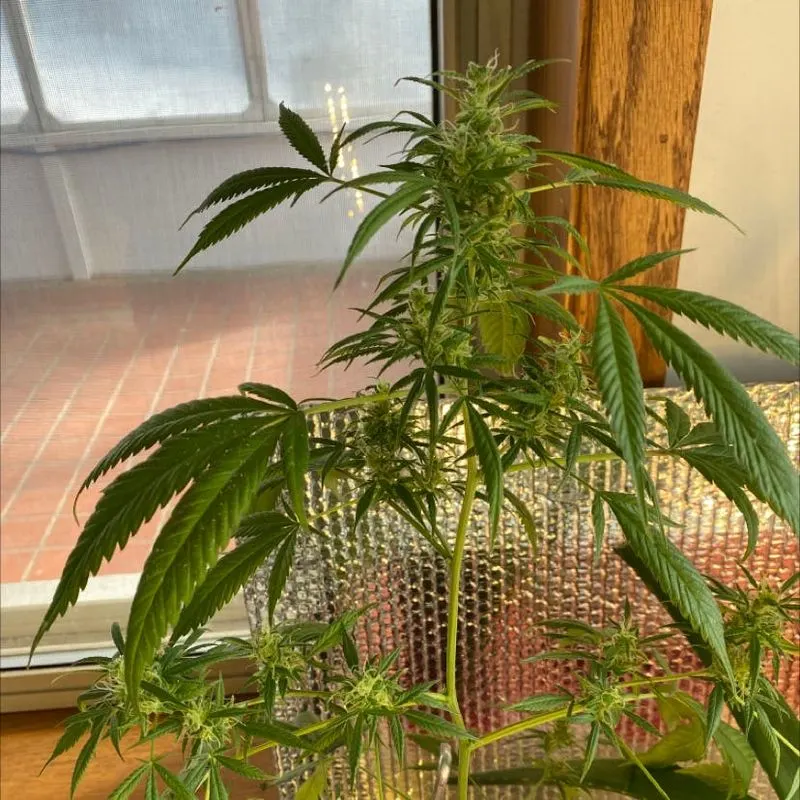
Sunlight is life for plants, and ignoring their lighting needs is a misstep. Some plants bask in full sun, while others prefer gentle morning rays. Imagine trying to read in a dimly lit room; plants feel the same frustration when deprived of light. Choose your garden spot wisely; observe the sun’s path throughout the day. In April, as the days lengthen, you can still reposition or trim nearby vegetation to improve light access. Tailor the placement of sun-loving plants to receive the most light, ensuring they thrive and reward you with bountiful growth.
Fix 4: Strategic Plant Placement
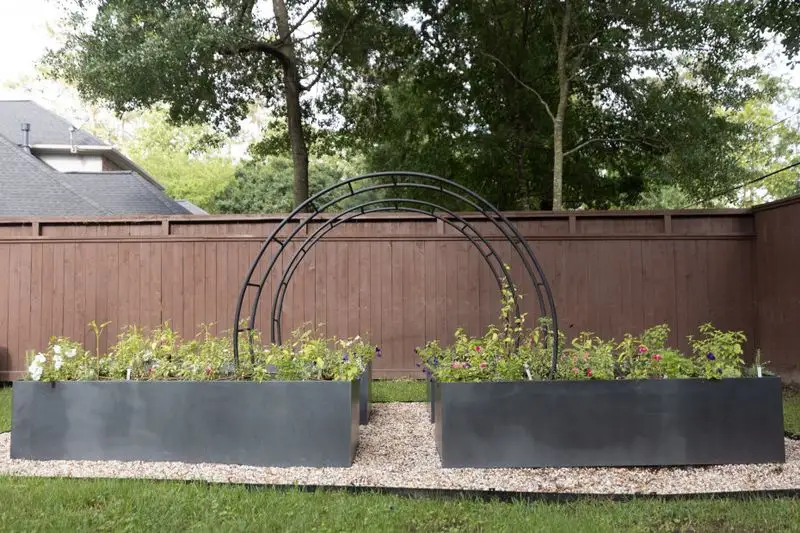
Strategic plant placement can make or break your garden’s success. Envision a theater, where every plant has the best seat in the house. By arranging plants according to their sunlight needs, you’re setting the stage for flourishing growth. Taller plants that crave sunlight can stand proud in the back, while shade-tolerant ones take cozy spots upfront. This thoughtful positioning maximizes light exposure. April is an opportune time to assess and rearrange, leveraging the longer days to ensure every plant gets its moment in the sun.
Mistake 5: Neglecting Pest Control
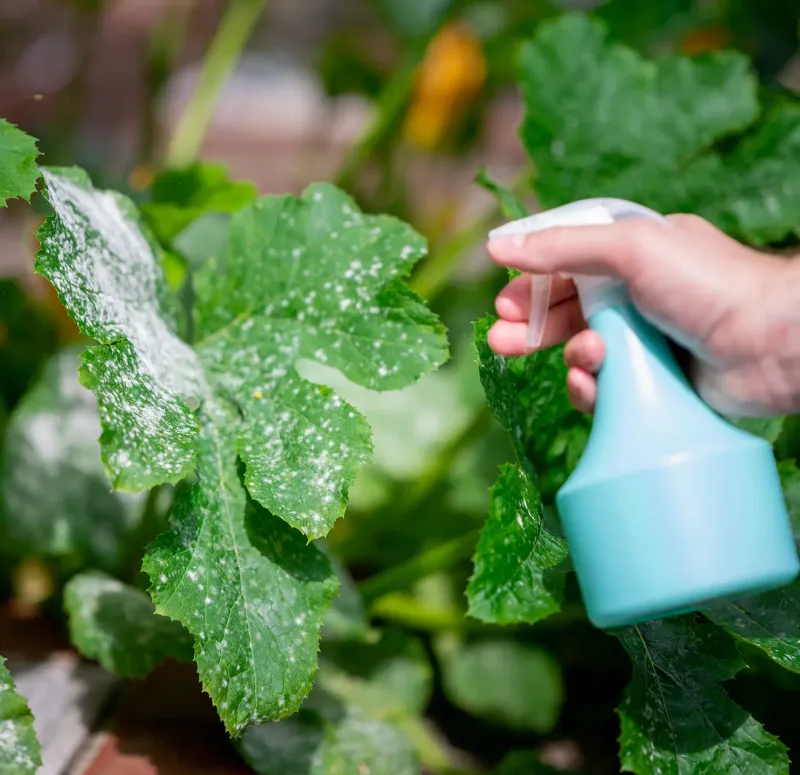
Pests can wreak havoc on a garden if left unchecked. While your plants are enjoying the spring air, tiny invaders may be plotting their feast. Think of it as leaving your picnic unguarded to ants. Ignoring pest control can lead to chewed leaves and stunted growth. Identify common pests in your area, and employ natural deterrents like companion planting or neem oil sprays. Regularly inspect plants for signs of infestation. April is a critical time to establish a pest management routine, safeguarding your garden against unwanted munchers.
Fix 5: Natural Pest Management
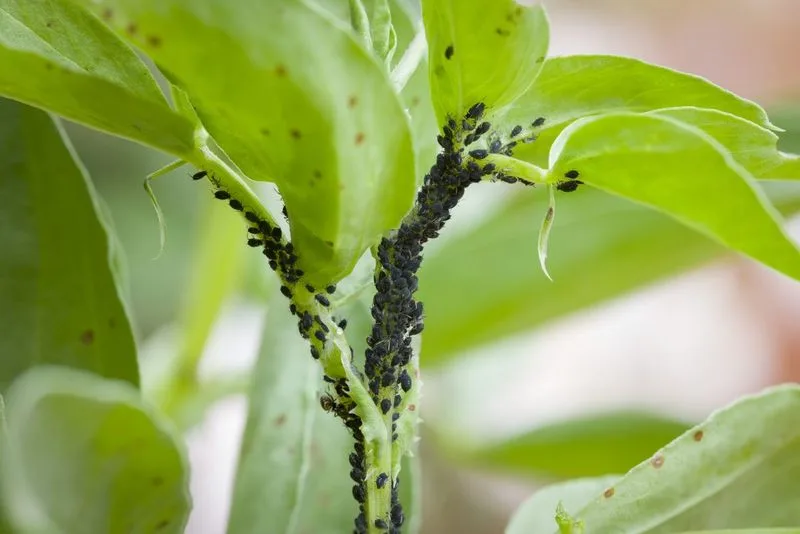
Natural pest management is like having a team of guardians protecting your garden. Companion planting pairs certain plants together to naturally repel pests. Marigolds, for example, can ward off nematodes. Neem oil, a natural pesticide, acts as a safeguard against many insects. Picture your garden as a fortress, with strong defenses in place. These methods not only protect your plants but also maintain ecological balance. As spring unfolds in April, it’s a perfect time to bolster your defenses with natural strategies, ensuring a vibrant, healthy garden season.

